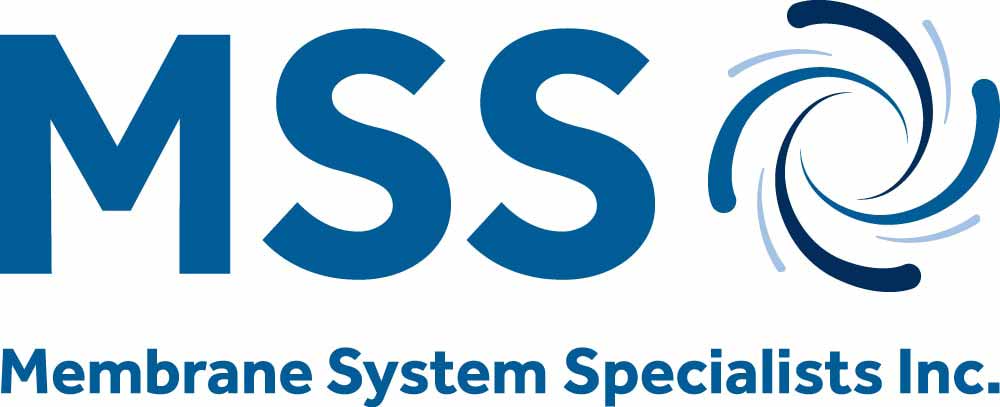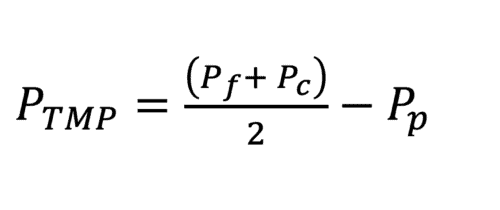How to Calculate Transmembrane Pressure
Comments Off on How to Calculate Transmembrane PressureMany food and beverage products, such as low-fat/no-fat dairy products and whey proteins, are produced by the membrane filtration process. This process feeds a liquid through a membrane system, which divides the feed into two separate streams. The feed that passes through the synthetic membrane in the filtration system is known as the permeate, whereas the retentate is the material that cannot pass through.
Food processors use different types of filtration membranes, with the most appropriate type depending on the density of the liquid being separated. Food production usually employs a process called crossflow filtration, in which the feed is continuously recirculated tangentially to the membrane. Crossflow filtration includes filtration techniques that provide greater separation control over feed molecule density and size, such as:
At Membrane Systems Specialists, we build these systems to assist food processors with developing everyday consumables, such as cheeses, milk, juices and ciders, beer, and wine.
Pressure is a vital component of the membrane filtration process. Here, we’ll review the concept of transmembrane pressure (TMP), the role it plays in the filtration process, and how to calculate it.
What is Transmembrane Pressure?
Transmembrane pressure is the amount of force necessary to push water through a membrane. Each membrane has an ideal TMP based on its material composition. Given that crossflow filtration involves the recirculation of the feed, however, this process is subject to both concentration polarization and membrane fouling.
- Concentration polarization occurs when the feed component concentration increases near or on the membrane’s surface due to TMP but disappears when pressure is removed. Correcting concentration polarization may require adjusting the TMP.
- Membrane fouling happens when feed components build up on the membrane’s surface and remain after pressure is released. Correcting membrane fouling requires cleaning or replacing the filter.
Both of these phenomena affect the membrane’s filtration effectiveness. By design, membrane filtration systems ensure that a membrane’s TMP remains at or within the normal operating range. When operating within the optimal TMP range, the membrane remains clean and retains its filtering capabilities. A high TMP may indicate a dirty filter.
Ensuring membrane filtration effectiveness is critical in the food and beverage industry. These filters contain synthetic microscopic pores, measured in Angstroms—an Angstrom equals one hundred-millionth of a centimeter—designed to separate tiny particles. In practice, these filtration mechanisms are volumetrically controlled, as even a small change in TMP can cause concentration polarization, membrane fouling, or contamination.
How to Calculate Transmembrane Pressure
TMP is calculated by determining the difference from the average feed pressure and the permeate pressure. Here is the equation for calculating transmembrane pressure:
In this equation, PTMP represents the transmembrane pressure, Pf represents the feed stream’s inlet pressure, Pc represents the concentrate stream pressure, and Pp represents the permeate stream pressure. All measurements are in kilopascals (kPa).
TMP may be measured manually by placing a pressure transducer into the feed to obtain the pre-filter pressure, then placing the transducer in the retentate outside the membrane and taking note of the retentate pressure. After averaging the two, the transducer can also be used to measure the filtered fluid inside the membrane.
Filtration systems let food processors monitor transmembrane pressure in real-time, allowing them to optimize pressure and adjust other variables. Real-time monitoring enables processors to rapidly identify polarization, fouling, and contamination problems so they can quickly resolve issues and avoid unexpected downtime. Failing to monitor TMP can result in production loss, damaged equipment, and lost revenue.
Custom Filtration From Membrane Systems Specialists
At Membrane Systems Specialists, our exceptional custom filtration systems can help you achieve the high-volume, high-quality output your business needs. We can design, setup, and install skid-built systems for microfiltration, ultrafiltration, nanofiltration, reverse osmosis, and pasteurization. We also can also integrate Clean-In-Place (CIP) systems with your existing systems. Our systems enable you to remotely control and optimize your filtration processes, ensure your system is functioning properly through pilot testing. We’re happy to provide extensive training and support for the equipment we install.
To see how our advanced filtration solutions can benefit your operation, please contact us or request a quote today.

